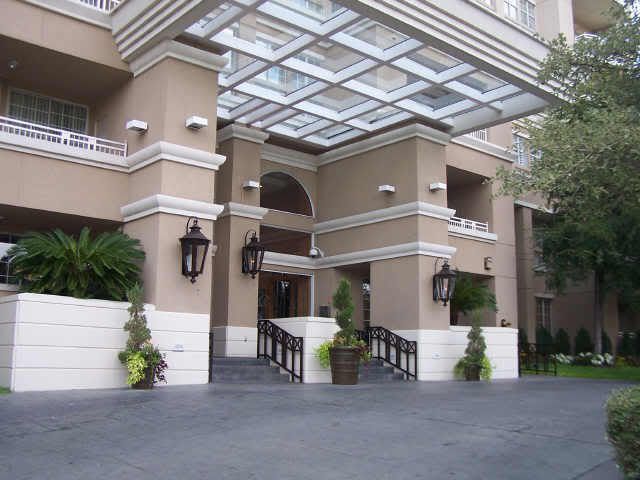Residential and Industrial Buildings

In technically developed countries the building industry, comprising skilled and unskilled workers in many trades, building engineers and architects, managerial staff and designers, employs a considerable proportion of the avail-H able labour force.Building industry including residential, public and industrial construction holds a considerable place in the National Economy and is being carried on a large scale. It is the ' largest single industry in the country. The problems of construction have grown into major, political issues in most countries.
Housing is prominent among the factors affecting thelevel of living. The improvement of the housing represents aconcrete and visible rise in the general level of living. In many countries residential construction has constituted at least 12 per cent and frequently more than 25 per cent of .all capital formation. Since in the UK home building industry the concern of the state the research and development in housing technology is carried out on a national scale and is being paid much attention to.The ever growing housing demands have brought tolife new methods of construction with great emphasis upon standardization, new levels of technological advance utilizing such techniques as off-site prefabrication, precasting, use of reinforced concrete panels and large-scale site planning. At present, prefabricated structures and precast elements may be classified into two principal groups — for residential nouses
and industrial buildings.Present-day designs for residential construction envi sage all modern amenities for a dwelling, they advocate larg er, better built and better equipped flats and houses, there is a marked Improvement in the heating and; ventilating systems awell as in .hot-water supply, kitchen and. sanitary fittings. Many tenants now can afford better furnishings, re¬frigerators, washing machines, etc. A house which is a physi¬cal environment where a family develops is acquiring a new, and modern look. Industrial buildings comprise another significant type of construction. This type of construction involves factories,laboratories, food-processing plants, mines, office buildings, stores, garages, hangars and other storage facilities, exhibition halls, etc. Each of these functions demands its own structural solution and techniques. But in general they may be divided into two classes according to whether the plan must give greater attention to the size and movement of machinery or of persons. The building techniques (by techniques we mean building materials and methods) depend upon the types of
buildings.Modern luxury industrial buildings have demonstrated the advantages of reinforced concrete arches, metal frames, glass walls and prefabricated standardized mass produced parts. Steel was gradually substituted for iron and permitted wider rooms and larger windows. Windows can be enlarged to the extent that they constitute a large fraction of the wall area.
Other posts:

0 comments:
Post a Comment